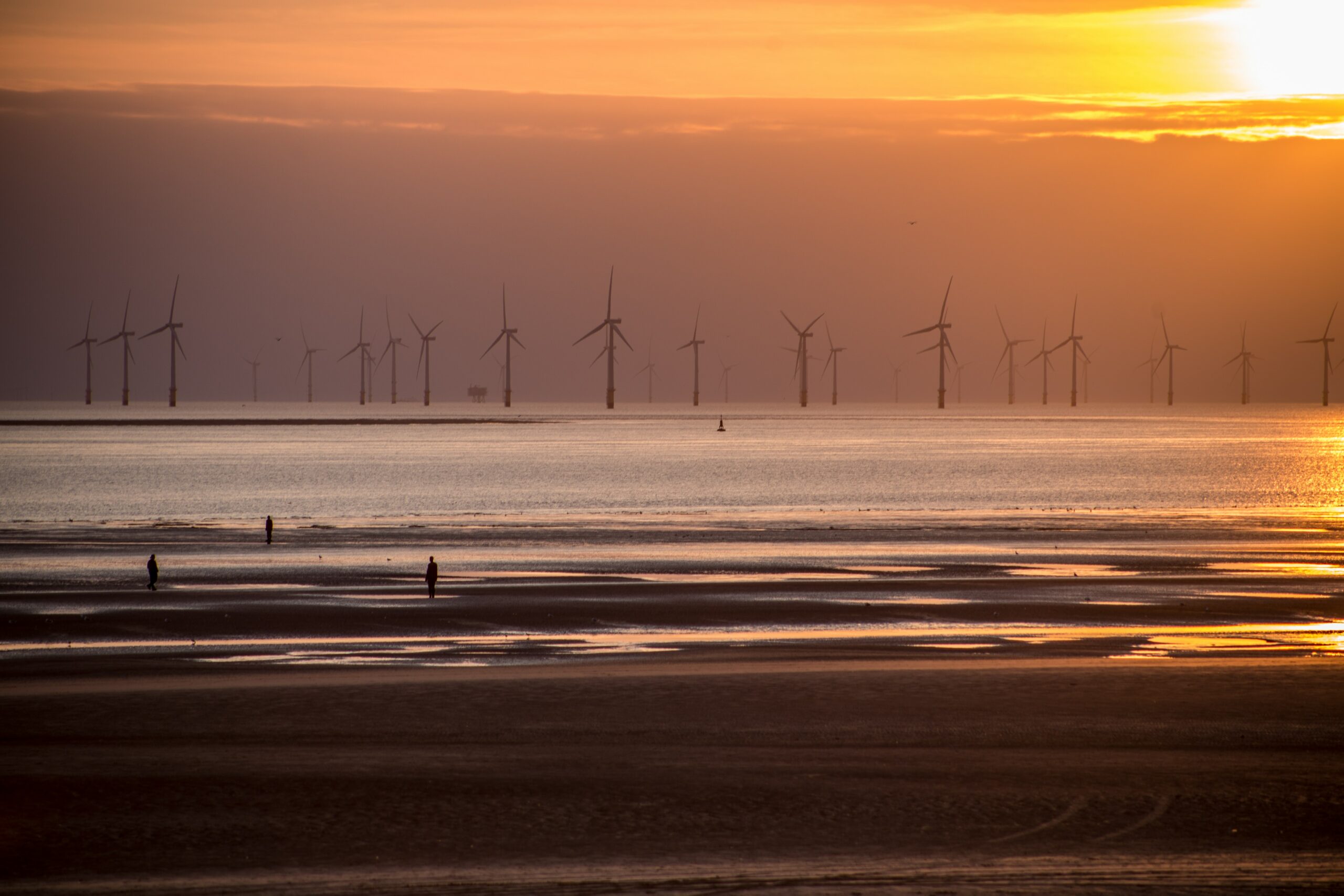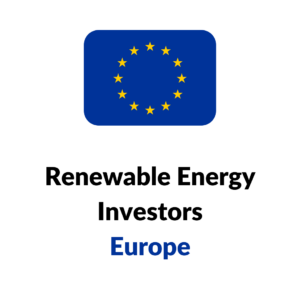In May 2022, the Esbjerg Declaration was established by the President of the European Commission Ursula Von der Leyen, the German Chancellor Olaf Scholz, and the Prime Ministers of Denmark, Belgium, and the Netherlands.
The declaration outlines the strategy for the countries to work in harmony with one another to co-develop 150GW of offshore wind energy in the North Sea by the year 2050. The current installed capacity is 15GW, requiring a 135GW increase in 28 years which will provide 150 million European households with their annual electricity requirements.
The plans require large-scale investments in offshore grid infrastructure, port facilities, and cohesive action to simplify permit applications. The first target of the Esbjerg Declaration is 65GW to be developed by 2030 and will require extensive commitment from the largest European developers and investors of offshore wind including RWE and Orsted.
1) RWE (Germany)
The German renewables giant aims to invest €50bn by 2030 thus, expanding their already vast portfolio to 50GW. In addition to their pre-existing plans to develop the large-scale Dublin Array project, RWE aims to be at the forefront of offshore development in the North Sea. The German group have already completed offshore projects in the North Sea.
In January 2022, RWE completed turbine commissioning of their 860MW Triton Knoll project in the UK North Sea. The Triton Knoll project is one of the world’s largest wind farms and will produce enough energy to supply 800,000 homes a year.
RWE aims to strengthen their position in the North Sea via their joint venture with Northland Power to develop 1.3GW of German offshore sea projects.
The German group will also aim to gain a foothold in the Dutch market, as the group has submitted bids for two Hollandse Kust West projects which will have an installed capacity of 760MW. RWE will adopt a unique approach to the project by combining the offshore project with a 600MW electrolyzer capacity, e-boilers, and battery storage all in harmony with the North Sea ecosystem.
2) Orsted (Denmark)
Another key player in the development of offshore wind projects in the North Sea is the Danish renewables group, Orsted. The Danish group can boast vast experience in the financing and development of offshore wind projects.
Orsted aims to directly invest or enable £14bn in the UK’s Humber region, as per the Economic Impact Study of Orsted Investments completed by Metro Dynamics and Orsted. This will be in addition to their invested/enabled investment of £9.5bn in the Grimbsy port and Westermost Rough offshore project which commenced in 2012.
Orsted in cooperation with ATP aims to be at the forefront of offshore wind development which will arise due to the Esbjerg Declaration. The duo announced plans in April 2022 to develop what they call the ‘North Sea Energy Island’ which will consist of offshore wind turbines and the island built on reclaimed land acts as a hub to connect the farms. The North Sea Energy Island will require an investment of 210bn DKK and once fully operational will have a potential capacity of 10GW.
3) EDP (Spain)
The Spanish renewables group in partnership with Engie formed Ocean Winds, an investment fund that targets offshore wind projects. To date, the duo have acquired projects off the coast of the UK, Portugal, and Belgium.
In June 2022, EDP announced plans to invest €1.5bn in offshore wind projects by 2025. The investments will be carried out through their investment vehicle, Ocean Winds. EDP aim to acquire 5-7GW of projects either currently in operation or under construction as well as 5-10GW in advanced stages of development. Ocean Winds currently operate a portfolio in the excess of 11GW. This includes a 487MW project in the North Sea off the coast of Belgium, containing the Seastar and Mermaid projects which has been operational since 2020.
Due to their experience in the region, it is likely the duo will play a key role in the development of projects allocated following the Esbjerg Declaration. In May 2022, Ocean Winds submitted a bid for the Hollandse Kust West 6 project, with a potential installed capacity of 800MW as EDP and Engie strive to exploit the potential the North Sea offers.
Image Source Unsplash 28.06.2022





